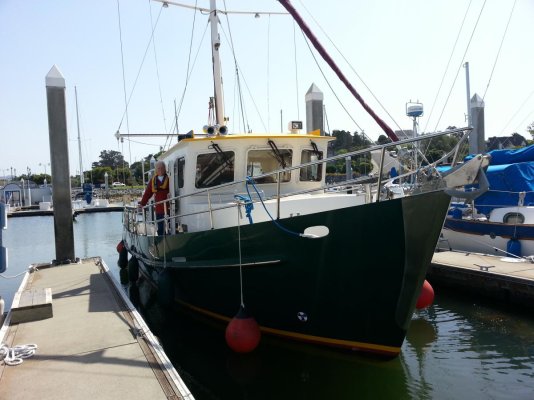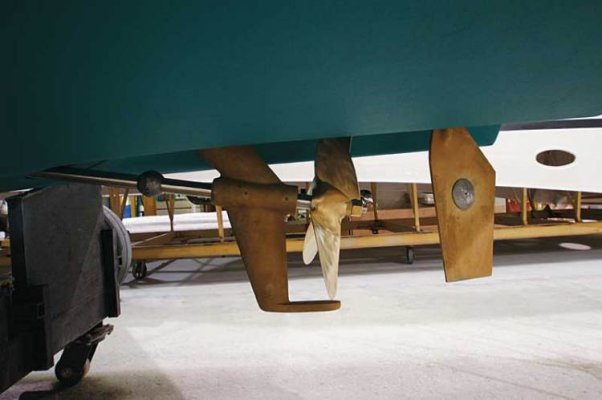carter1272
Member
- Joined
- Aug 30, 2013
- Messages
- 12
- Location
- USA
- Vessel Name
- Uriel Fremont
- Vessel Make
- Mainship 34 Trawler
I have a new to me 2005 Mainship 34 Trawler and would like to practice prop walk maneuvers without relying on the bow thruster. Q: Is my prop left-handed or right-handed? Also, is there much noticeable prop walk with these vessels? Thanks.


